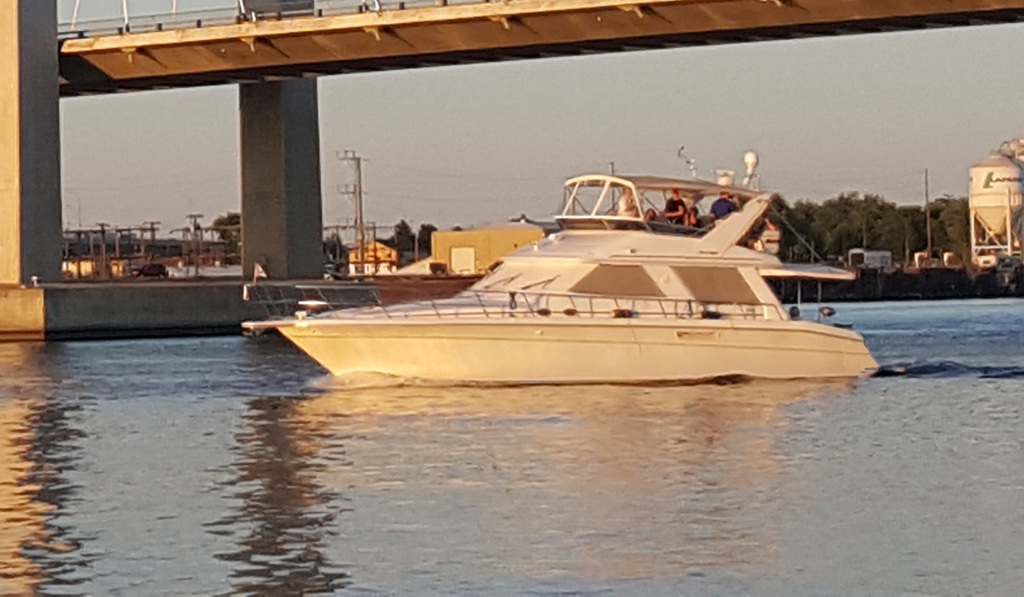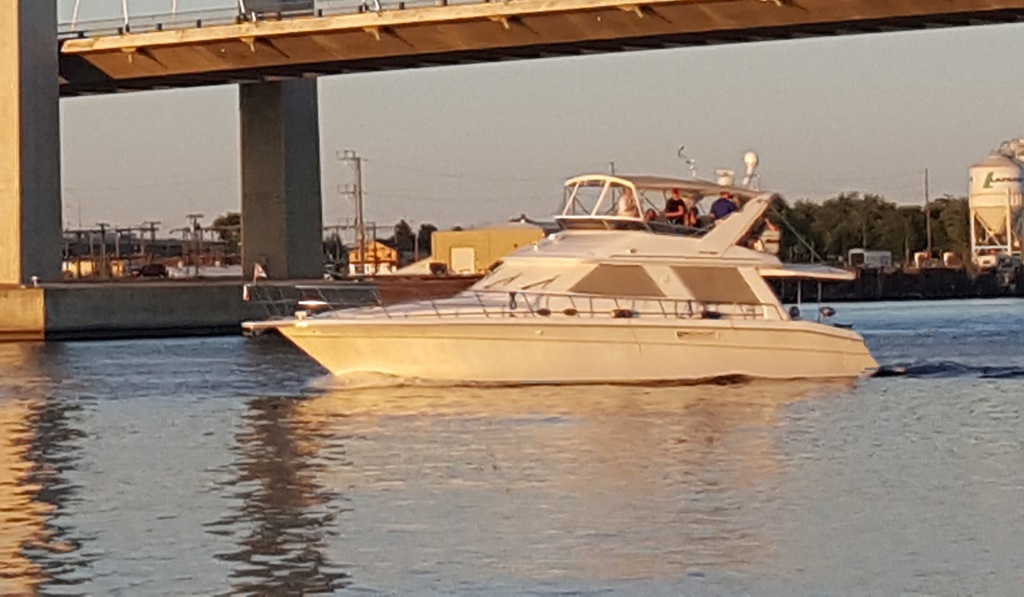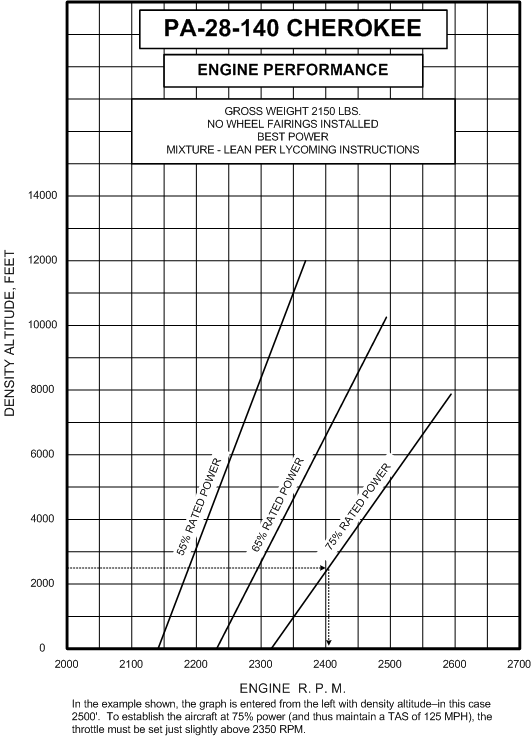The commonly used 1.34 figure people use is an approximation. By definition, the 'hull speed' for your waterline length will be when the length of the bow wave is
exactly the same as your waterline length. And the use of 1.34 in the formula gives a maximum speed
only for displacement hulls.
Not arguing but not so. There is a Willard 30 on WBO that has a top speed of 8 knots. With a 27.5' wll the hull speed is 7 knots. Again .. Just a numerical point re wave lengths and speeds.
For semi-displacement or planing hulls the number to use (to get maximum speed in displacement mode) is higher than 1.34, depending on the calculated SLR which you use instead of 1.34. For my hull and displacement, SLR
Max is 1.45. At SLR of 3 and above you are planing. Chapter 2 in Dave Gerr's Propeller Handbook is well worth reading.
https://www.amazon.com/Propeller-Handbook-Installing-Understanding-Propellers/dp/0071381767
Nomad Willy wrote;
"Only FD boats "function" in a displacement mode. SD and planing boats just go faster .. and slower. Their fuel consumption goes up and down. The stern of the boat needs to be shaped to take advantage of the (match up) of hull shape and wave shape. The FD hull surfs, to an extent pushing the boat along. A bit like the SanFrancisco Bart subways. The subway train uses it's motors to propel the train along on the level and up hills. Going down hills the motors switch to a generator function and retreve some of the energy lost going up hills. Same w a FD boat. The stern wave pushes the FD boat fwd to help it along so less power is required to go fwd and create the bow wave.
SD and planing hulls have the wide and deep transom that causes lots more drag that cancels out what I call the Bart Boost.
Of course there's no black and white. This function happens in degrees. Boats that are nearly FD in form function nearly as a FD boat. And boats that aren't don't."
And Baker, nice explanation of diesel fuel consumption vs load. I was going to try and clarify, but glad you did and made it so simple.




